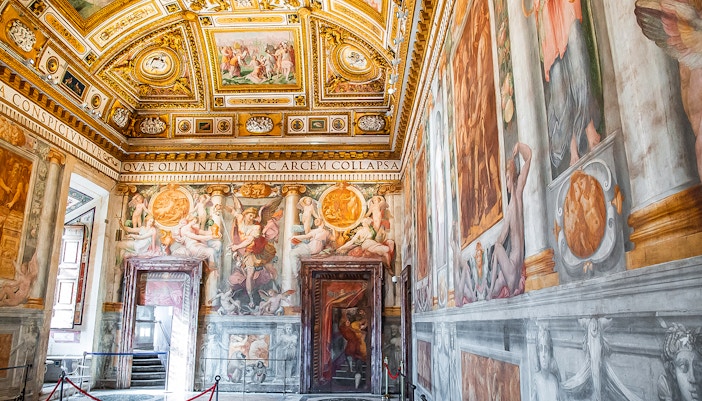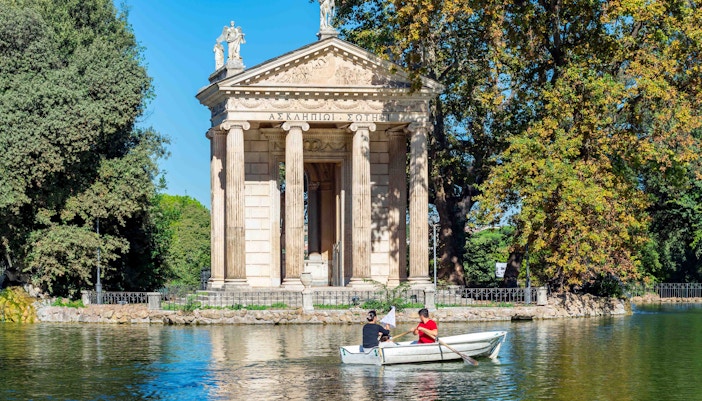Borghese Gallery timeline
1600s: The Borghese family, an Italian noble and papal family that originated in Siena, moves to Rome.
1605: Camillo Borghese was elected Pope Paul V. He named his nephew Scipione Borghese a Cardinal. Scipione Borghese essentially headed the Vatican government and was able to accumulate significant wealth
1613: The Borghese Gallery was commissioned by Cardinal Scipione Borghese, an avid art collector, to house his impressive collection of Roman, Renaissance, and Baroque art.
1775: The park's formal garden design was recast into an English landscape garden by Prince Marcantonio IV Borghese.
1808: Prince Camillo Borghese, Napoleon's brother-in-law, was compelled to sell two of the gallery’s finest masterpieces: the Borghese Gladiator and the Borghese Hermaphroditus to the emperor. These can now be appreciated in the Louvre.
1902: In a pivotal step in history, the Italian Government purchased the Borghese Villa and made it accessible to visitors as the Borghese Gallery.









